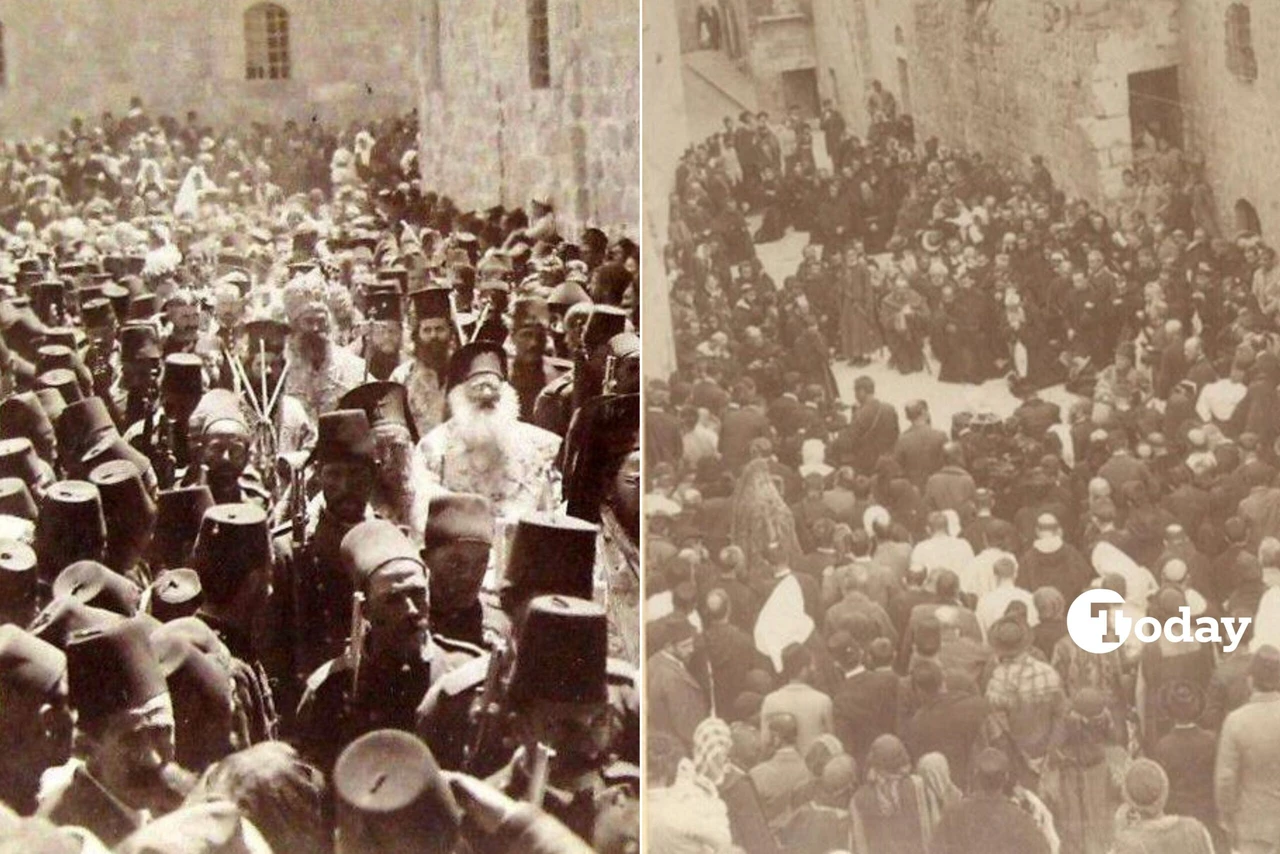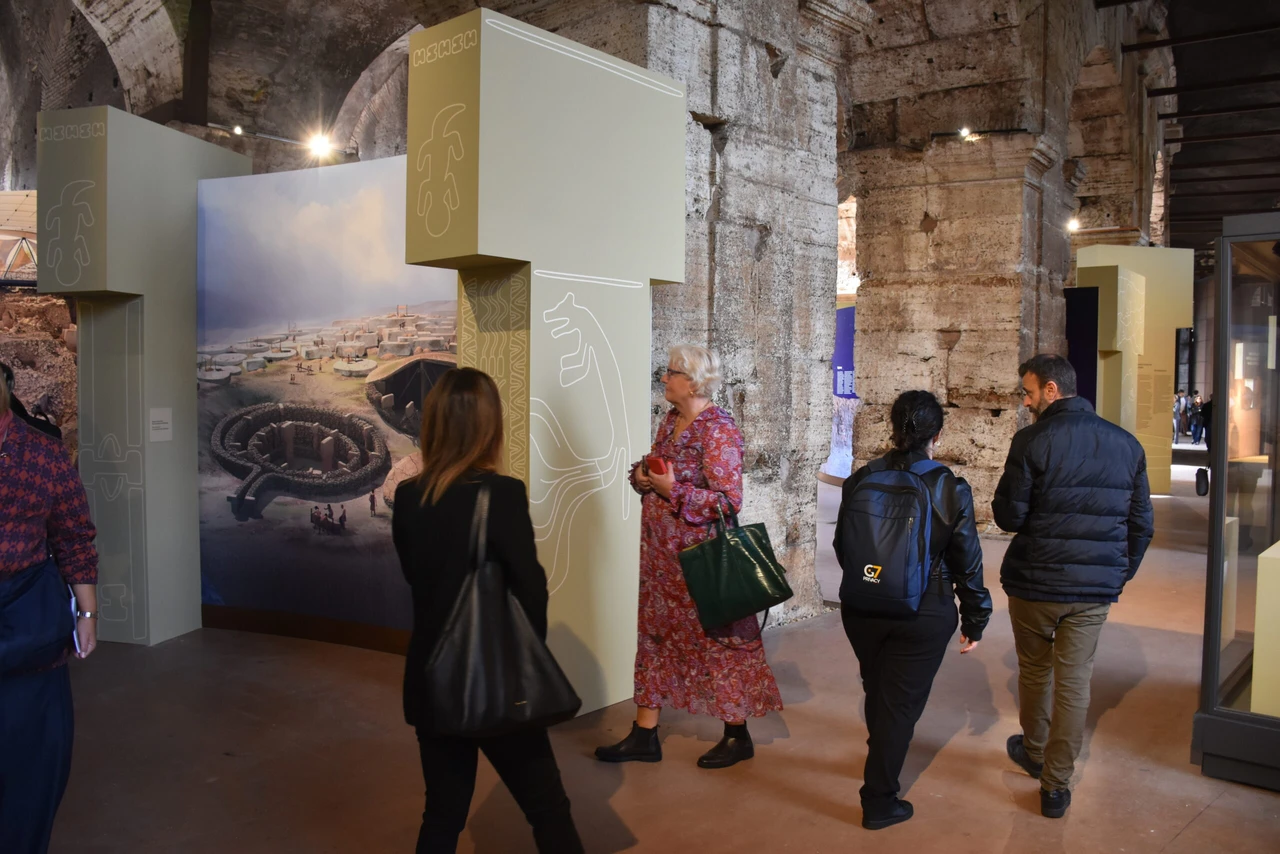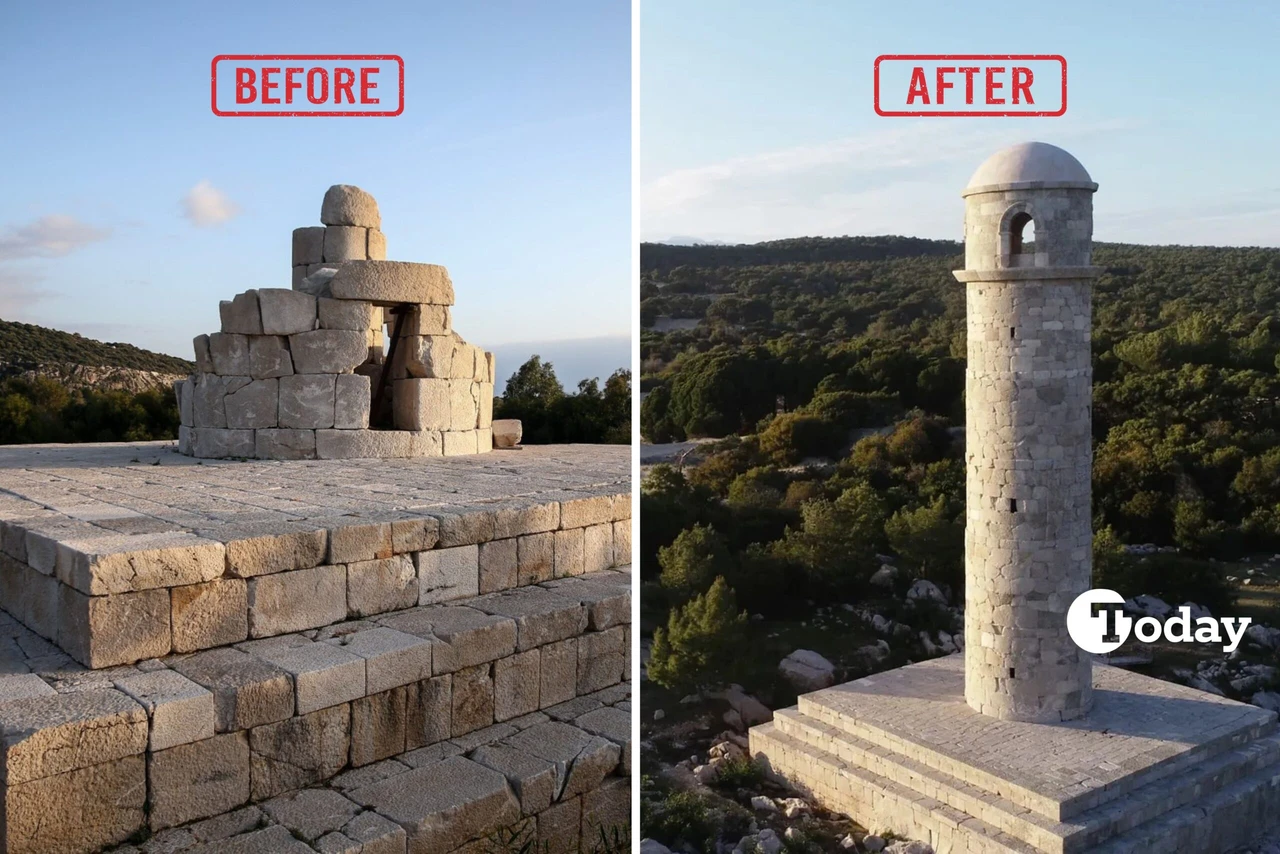Ancient sewing tools unearthed in Türkiye reveal 13,000 years of textile history
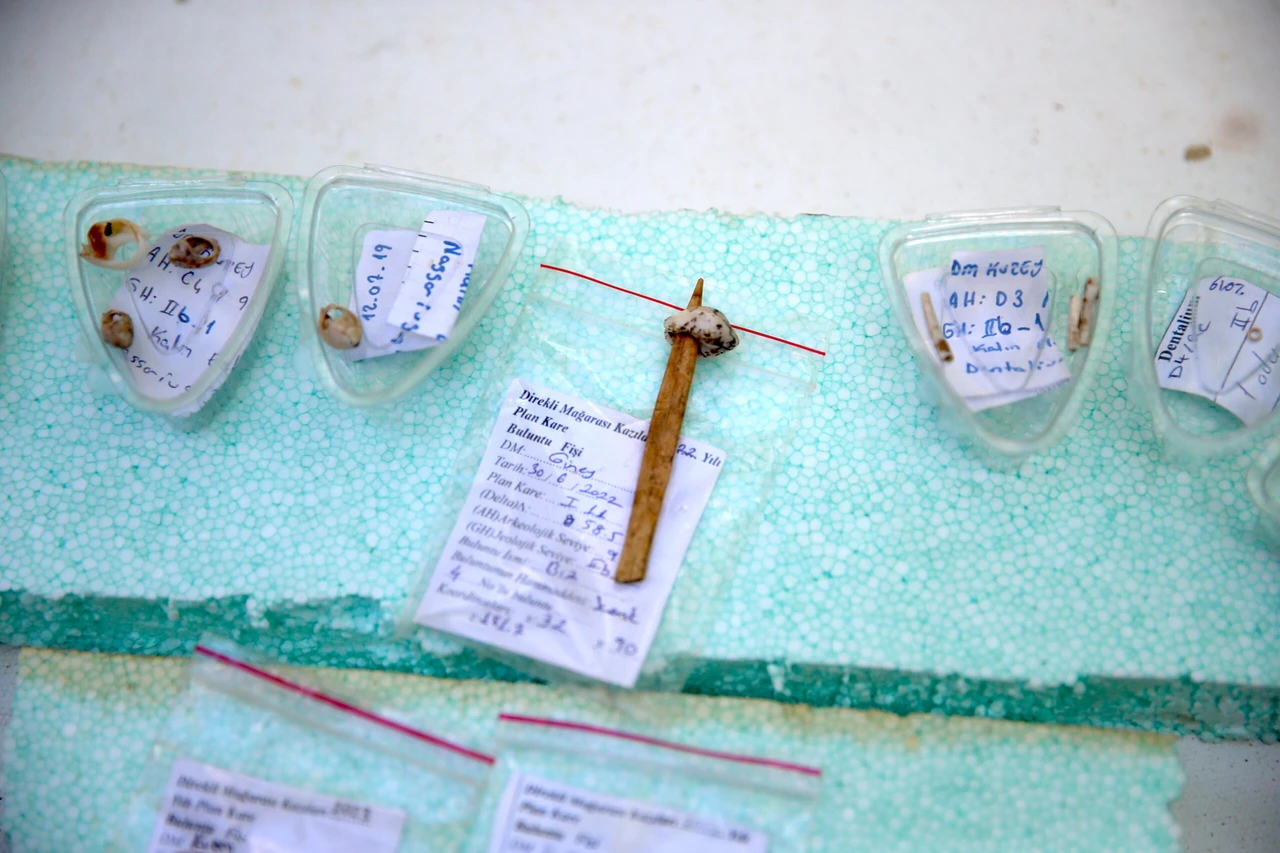 A 13,000-year-old bone pin and sewing needle during excavations at Direkli Cave in Kahramanmaras, Türkiye, July 28, 2024 (AA Photo)
A 13,000-year-old bone pin and sewing needle during excavations at Direkli Cave in Kahramanmaras, Türkiye, July 28, 2024 (AA Photo)
Archaeological excavations in Direkli Cave, located in Kahramanmaras, have uncovered sewing tools made from bone, estimated to be around 13,000 years old.
These findings provide a significant insight into the region’s long-standing textile and garment-making traditions.
According to Associate Professor Merih Cevdet Erek from Ankara Haci Bayram Veli University, the recent excavations have revealed artifacts dating back to 11,500 B.C.

“Direkli Cave is a key archaeological site that highlights the historical roots of textile and garment production in the region,” Erek noted.
“The discovery of sewing needles and pins demonstrates the presence of textile culture during this period,” he added.
The artifacts discovered at Direkli Cave suggest the region has been a significant textile center throughout history, with traditions that have persisted into modern times.
Additionally, the presence of wild sheep and goat bones in the cave indicates that these animals were used in textile production.
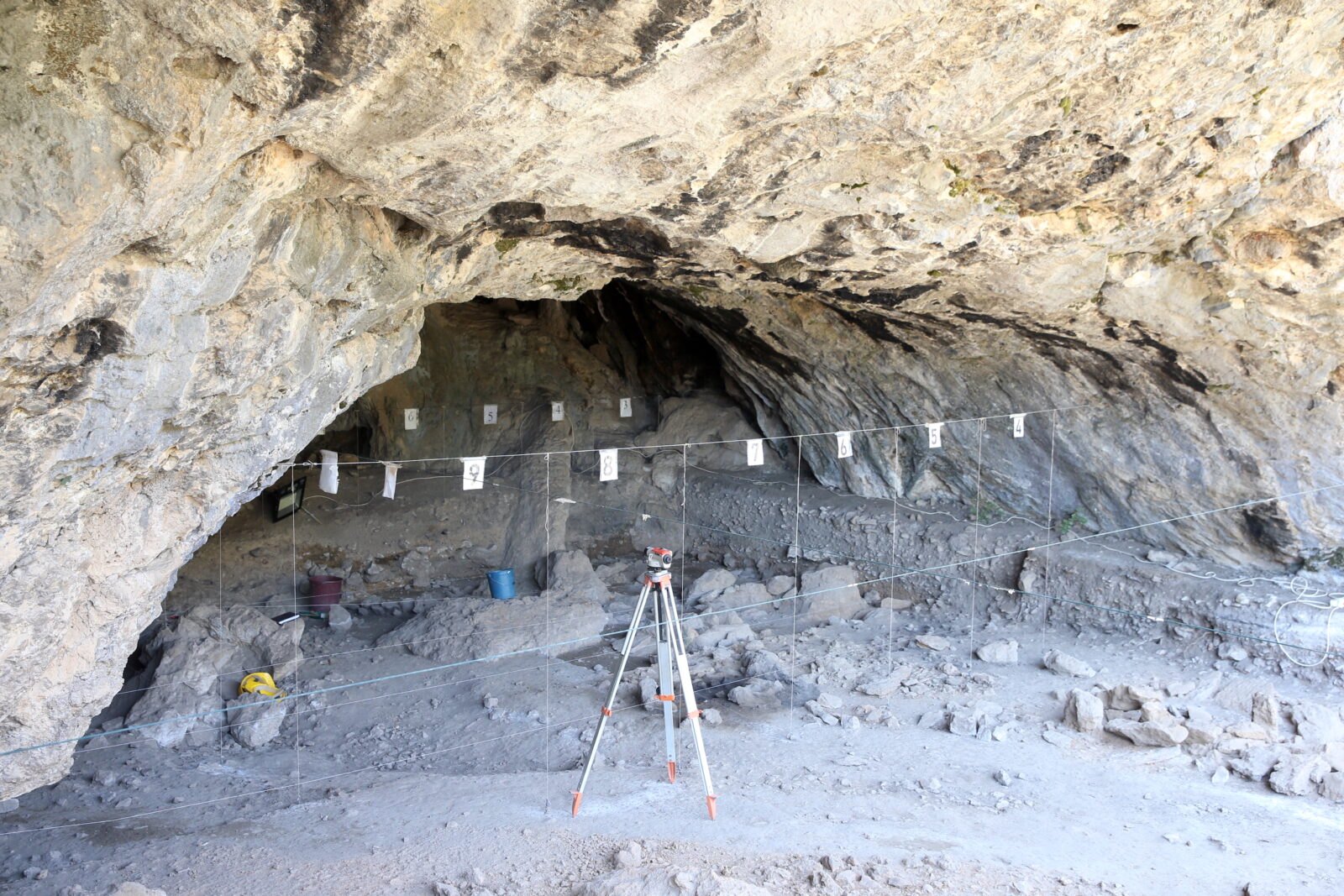
Cultural continuity, historical significance
Erek emphasized that the cultural practices of the region have remained consistent over time.
“Today, Kahramanmaras is known for its significant textile industry on an international scale. This reflects the deep-rooted history of textile and garment-making in the region. The cave findings support the idea that cultural habits were transmitted across regions throughout history,” Erek explained.
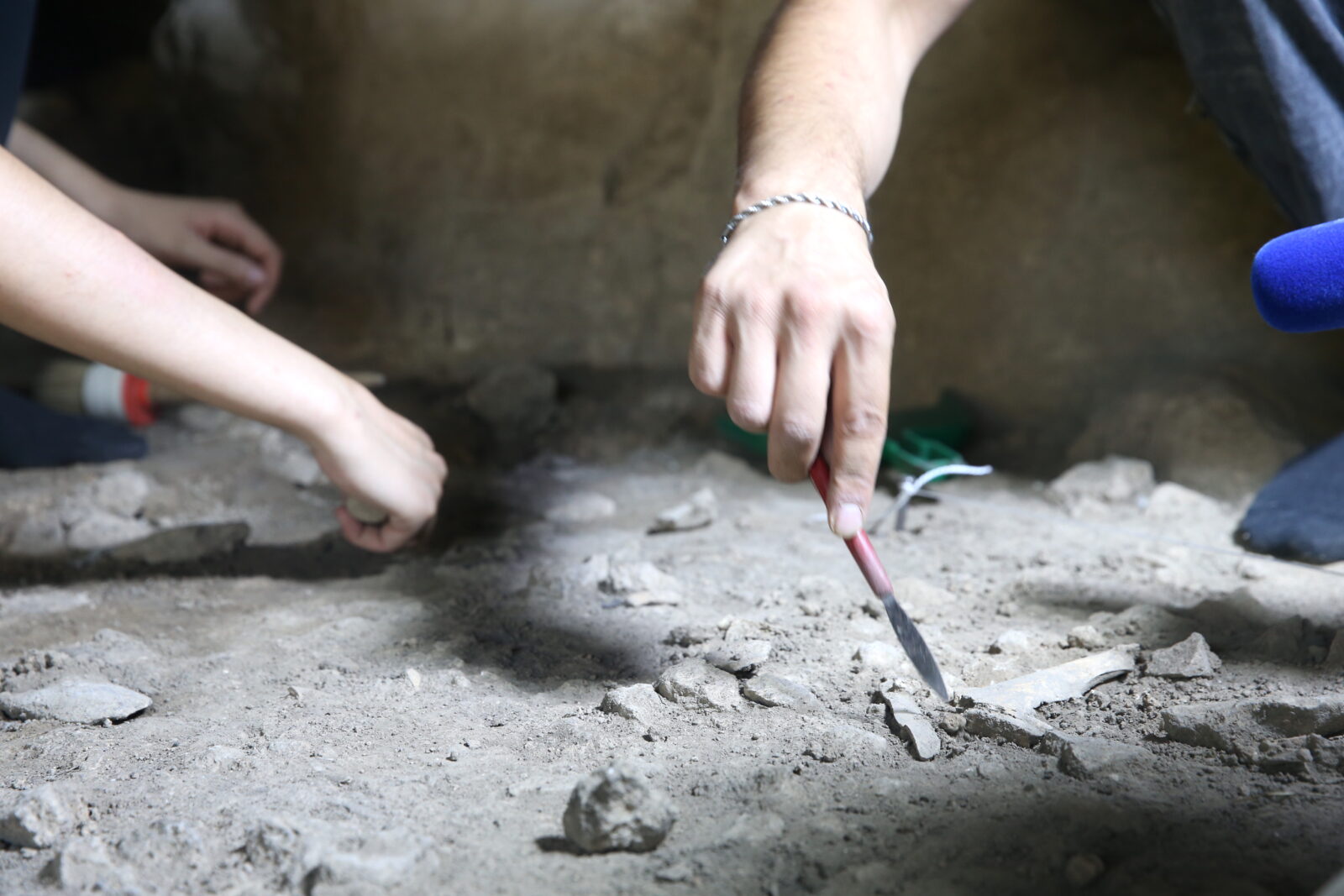
In conclusion, the discoveries at Direkli Cave shed light on Kahramanmaras’s rich textile history and cultural continuity.
The artifacts not only highlight the region’s historical role in textile and garment production, but also demonstrate how this legacy has been preserved and carried through to the present day.
